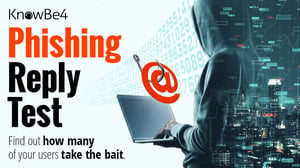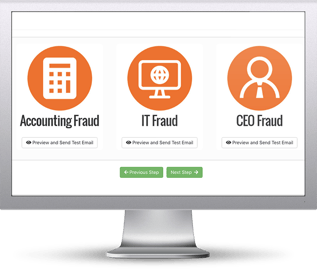 The latest attack, dubbed “Heatstroke” uses new target-specific phishing kits that may be sold as a “phishing-as-a-service” using new techniques to avoid leaving a trail.
The latest attack, dubbed “Heatstroke” uses new target-specific phishing kits that may be sold as a “phishing-as-a-service” using new techniques to avoid leaving a trail.
The goal is the same: to steal Paypal and credit card information, but according to researchers at TrendMicro, this latest attack uses anything but classic techniques:
The developers of these phishing kits have built out a multi-stage websites that mimic their legitimate counterpart to create a duplicate experience to keep from raising suspicions.
- Landing pages constantly change to bypass any webpage filtering
- It works against security vendors by blocking crawling services and vulnerability scanners
- The initial landing page is encoded in base64 to bypass firewalls and web scanning solutions
- Any stolen credentials are transmitted using steganography (where data is embedded within an image)
This impressive list only scratches the surface of what these phishing kits do to ensure a successful attack.
The landing pages are made to look as legitimate as possible, putting users and organizations at risk. Users must be taught via Security Awareness Training to be constantly alert, cautious when interacting with email and the web. Even the most benign and harmless request that would normally require logging on should be scrutinized.
Bad guys need credentials to gain access to corporate networks and resources. Users that are on edge anytime a credential is required are ones that won’t fall victim to these scams – no matter how sophisticated they are.
 Here's how it works:
Here's how it works:




